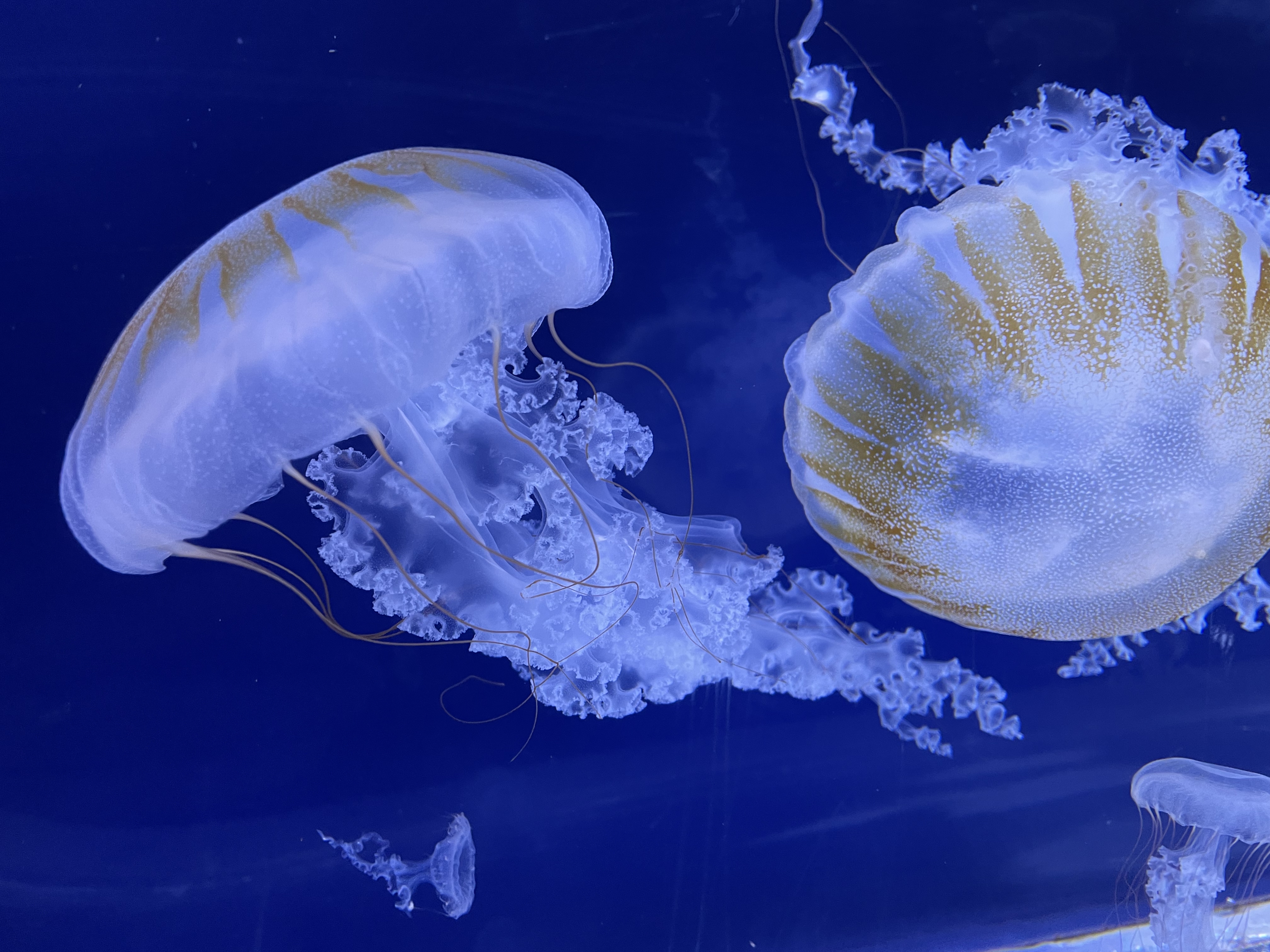Jellyfish are fascinating creatures that have been captivating people for centuries. These unique invertebrates can be found in all of the world's oceans, from the surface to the deepest depths. They are known for their translucent bodies and graceful movements, making them appear almost otherworldly. Jellyfish have no bones, brains, or hearts, yet they have managed to survive and thrive in some of the most extreme environments on Earth.
One of the most interesting things about jellyfish is their life cycle. They start out as larvae, floating and drifting in the ocean currents. As they mature, they develop into polyps, attaching themselves to rocks or other surfaces. It is during this stage that they reproduce asexually, creating clones of themselves. These polyps eventually break off and become free-swimming jellyfish, ready to start their own life cycle.
Jellyfish come in a variety of shapes and sizes, with the largest species reaching up to 6 feet in diameter. They use their tentacles to catch prey, which can range from small fish and plankton to even other jellyfish. Some species are even bioluminescent, meaning they can produce their own light, making them even more mesmerizing to watch.
While jellyfish may seem harmless, they can actually be quite dangerous. Their tentacles are covered in stinging cells called nematocysts, which they use to immobilize their prey. These stings can also be painful and even fatal to humans. However, not all jellyfish have powerful stings, and some are even edible and considered delicacies in certain cultures.
Unfortunately, jellyfish populations have been on the rise in recent years, due to factors such as pollution, overfishing, and climate change. This increase in jellyfish numbers can have negative impacts on marine ecosystems and even disrupt human activities, such as fishing and tourism. Scientists are studying ways to manage and mitigate these jellyfish blooms, as they play an important role in the ocean's delicate balance.
